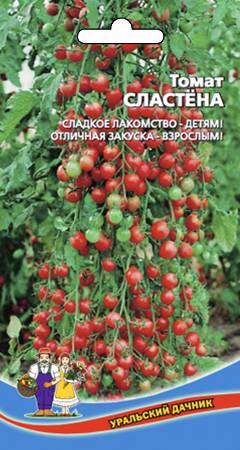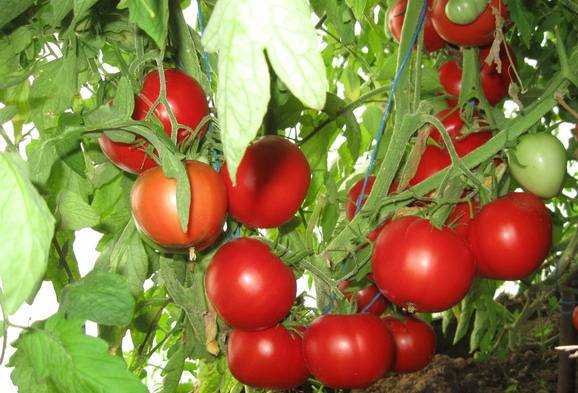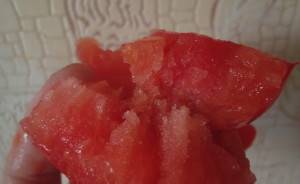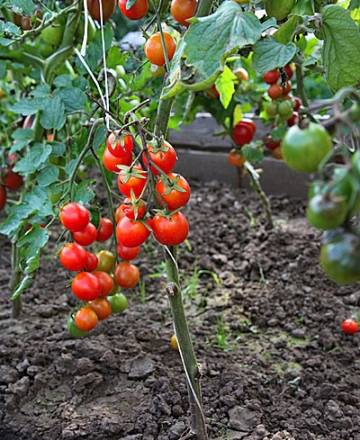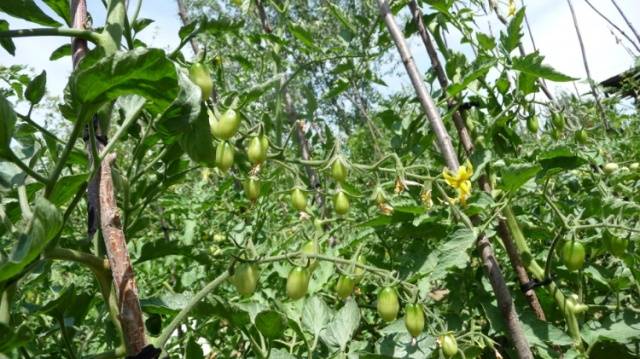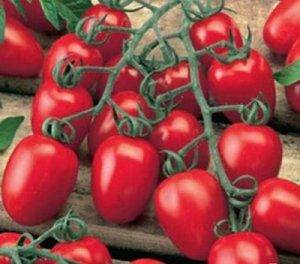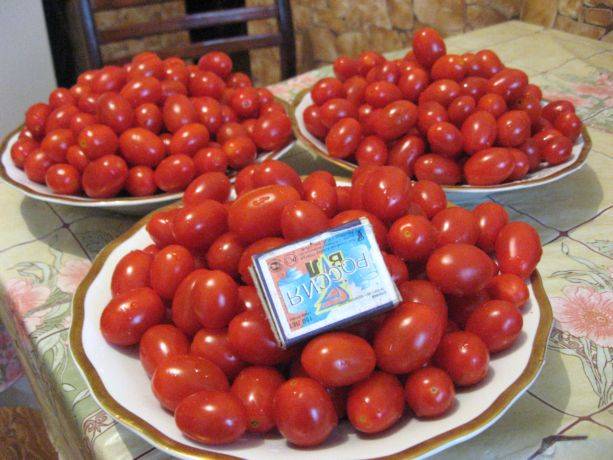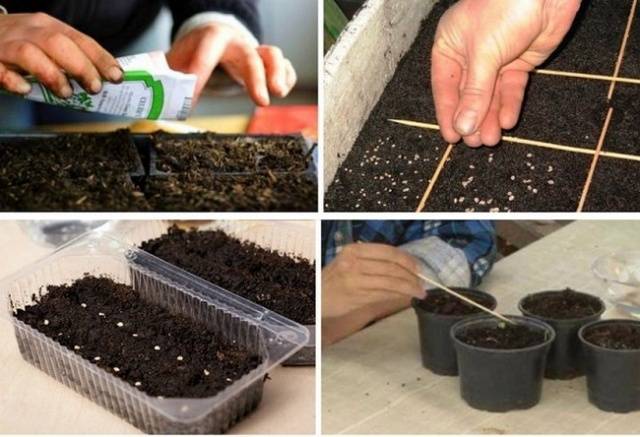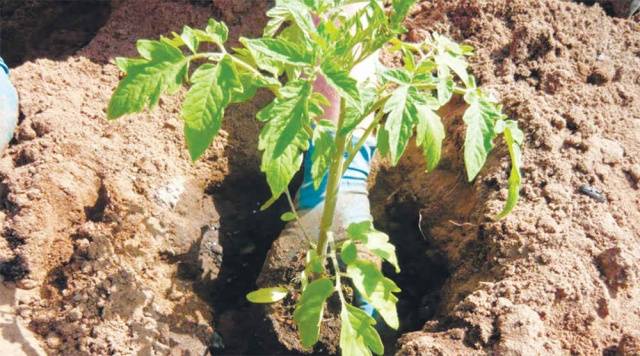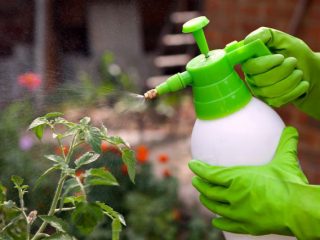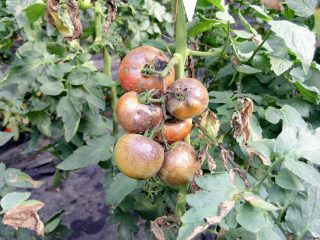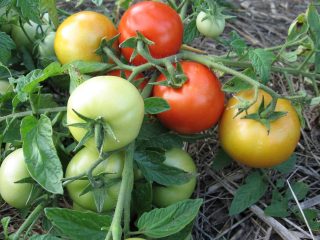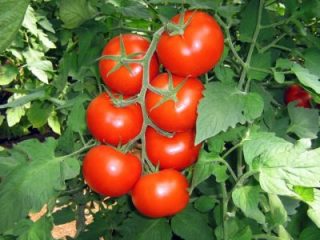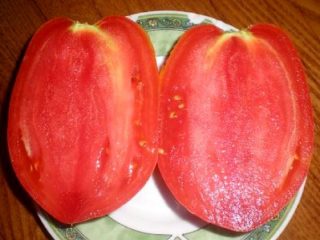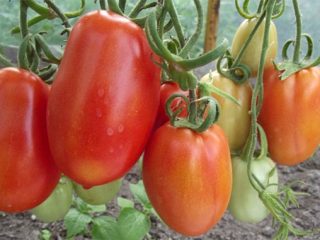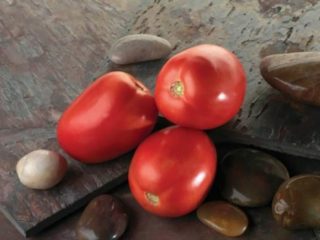Content
Tomato Slastena has been popular among Russians for more than ten years. Nasten Slastena tomato seeds are also sold in stores. These are different varieties, although they have a lot in common when growing and caring for them. The article will describe both varieties, present characteristics and photos so that gardeners do not make mistakes when choosing seed.
Both types of tomatoes are of Russian origin and appeared at the beginning of the century. They are in the State Register and are recommended for cultivation in private backyards and farms. These tomatoes can be planted in the ground or in a greenhouse.
Slasten's tomatoes
Tomatoes of the Slastena variety in the southern regions of Russia can be grown in open ground; in the rest of the territory it is recommended to plant them in greenhouses or under temporary film covers.
Description of the bushes
The plant is indeterminate, standard, and belongs to the early ripening varieties. After planting in the ground, the fruits can be harvested after 90-95 days. The height of the Slastena tomato, according to the description, in open ground reaches 100-110 cm, in a greenhouse it is about 130 cm.
The foliage is medium, the leaf blades are deep green and small. Place the first flower brush on the 8th-9th leaf. All subsequent inflorescences are formed through two or three leaves.The brushes are powerful, each of them bears up to 40 fruits.
Description of fruits
The tomatoes of the Slasten tomato are round-flat in shape. When unripe, the fruits are juicy green in color; when ripe, they are scarlet-burgundy. The skin is quite dense, but not hard. Each fruit weighs from 30 to 50 grams.
The pulp is sugary, with four seed chambers, the same as the taste of the tomato itself. The aftertaste is honey. Fruits with thick skin. They contain 6% dry matter.
The use of the variety is universal. Fresh fruit salads, tomato juice, ketchup and lecho are very tasty. You can preserve it in jars, but barrel pickling is not for this variety.
Characteristic
According to the description of the variety and reviews from gardeners, the Slastena tomato has many advantages:
- Sweet as candy, tomatoes with thick skin do not crack.
- Setting is almost 100%, ripening is extended.
- The variety tolerates temperature fluctuations steadfastly.
- Presentation is preserved during long-term transportation
- Slasten’s tomatoes, according to reviews and photos presented, are high-yielding. One bush yields up to 2.5 kg, about 8 kg per square meter in open ground, and up to 10 kg in protected ground.
- Good yield even on poorly fertilized soil.
- Tomatoes are distinguished by their excellent keeping quality and ability to ripen.
- The variety is resistant to many diseases of nightshade relatives, in particular, it practically does not suffer from late blight, brown spot, root rot, verticillium, and fusarium wilt is rarely observed.
- Since the packets do not have the letter F1 on them, you can collect your own seeds.
Gardeners do not indicate any disadvantages as such in the reviews.The only drawback is the presence of a large number of shoots that have to be constantly pinched, and the need to tie up the bushes due to the abundant fruiting.
About the Slastena tomato:
Tomatoes Nastya-Slastena
There are varieties with the same names. One of the varieties, Nastya-Slastena, differs in description from its namesake. It was also created by Russian breeders at the beginning of the century and entered into the State Register of the Russian Federation.
Description
Unlike Slastena, which is a variety, Nastena-Slastena is already a hybrid, as evidenced by the F1 icon. The tomato is early ripening, the fruits ripen in 95-105 days. The tomato belongs to the indeterminate tall plants of the cherry species.
There are few leaves, they are small, ordinary tomato leaves. The color of the plates is dark green. Nastya-Slastena is distinguished by abundant stepsons, which somewhat complicates care. To obtain a decent harvest, the bush is formed from two or three stems.
The peduncles are complex, with a large number of flowers, located along the length of the entire stem. The setting is excellent, so up to 40 small oblong fruits are formed on each cluster.
The weight of tomatoes is from 20 to 30 grams. When ripe, the fruits turn bright red. They are dense, do not crack, and do not fall off thanks to the joints on the stalk. The pulp is crumbly, richly sweet, with a honey aroma, so this is one of the varieties loved by children.
Characteristic
A single description of the Nastya-Slastena tomato without detailed characteristics of the variety, reviews and photos will not be enough to give an accurate idea of the hybrid.
Let's consider the advantages:
- It can be grown in any conditions and in different climatic regions of Russia.
- Nastena is a productive variety. From one square meter, 10-14 kg of delicious sweet fruits are harvested.
- Universal application.
- Ripening is uniform, so you can pick not only individual tomatoes, but whole bunches. Moreover, they ripen perfectly without losing their taste and beneficial properties.
- Excellent transportability and long shelf life make the hybrid interesting not only for ordinary gardeners, but also for farmers.
- Nastya-Slastena is resistant to late blight, root rot, and brown spot.
The disadvantage is the same as that of the Slastena variety - the need for pinching and tying.
About the Nastena-Slastena tomato:
Agricultural technology
According to reviews from gardeners who grow both types of sweets, their agrotechnical standards are almost the same:
- both varieties are grown by seedlings;
- can be planted on ridges and in a greenhouse;
- seeds for seedlings are sown in mid-March or early April, based on the weather conditions of the region, 60 days before planting in a permanent place;
- young seedlings require hardening.
Growing seedlings occurs in the usual way, care is also identical to other varieties of tomatoes.
Landing in the ground
Seedlings are planted in a greenhouse in May, in open ground, after the threat of return frosts has disappeared according to a 30x50 cm pattern. It is best to place plants in a checkerboard pattern to facilitate care.
Before planting, prepare the holes two weeks in advance, add humus or compost, wood ash to each hole and water well. Fresh manure is not placed under tomatoes of any variety, so as not to provoke rapid growth of green mass.After planting, the tomatoes are watered again and stakes are placed, to which the seedlings are immediately tied.
When the Slastena and Nastena-Slastena tomatoes take root, the time for formation comes. 2 or three stems are left on the plants, the remaining stepsons are removed. This operation is repeated throughout the growing season.
Special attention must be paid to tying the stems, because under the weight of the fruit they can break. Not only the shoots, but also the brushes need to be secured to the support, as in the photo below for both varieties of Slastena. This operation begins when the tomatoes are 20-30 cm high.
The rest of the care for planting tomatoes of these varieties comes down to watering, loosening and mulching the soil, weeding and fertilizing the growing bushes. During the growing season, plants are fed at least three times. Gardeners most often use organic fertilizers: infusions of mullein, chicken droppings, and green grass.
Wood ash is recommended for disease prevention and additional nutrient saturation. It can be used in dry form for sprinkling foliage and soil, as well as watering with infusion.
According to gardeners, Slasten and Nastena-Slasten tomatoes respond well to foliar feeding with a solution of boric acid and iodine. Plants not only receive nutrition, but their immunity to diseases is strengthened.
Diseases, pests
Despite the fact that both varieties have excellent immunity to diseases of nightshade crops, tomatoes can get sick. After all, they grow next to less resistant crops. That is why compliance with preventive measures should become a habit.
You need to start by preparing the seeds and soil by treating them with a solution of potassium permanganate or boric acid. When growing in a greenhouse, it is necessary to monitor air humidity. Dampness is a provocateur of many diseases. It is useful to treat the plants with Fitosporin; it will not make things worse.
As for pests, tomatoes can be affected by slugs, aphids, and whiteflies. To kill insects, you can use the preparations Zubr or Confidor.
